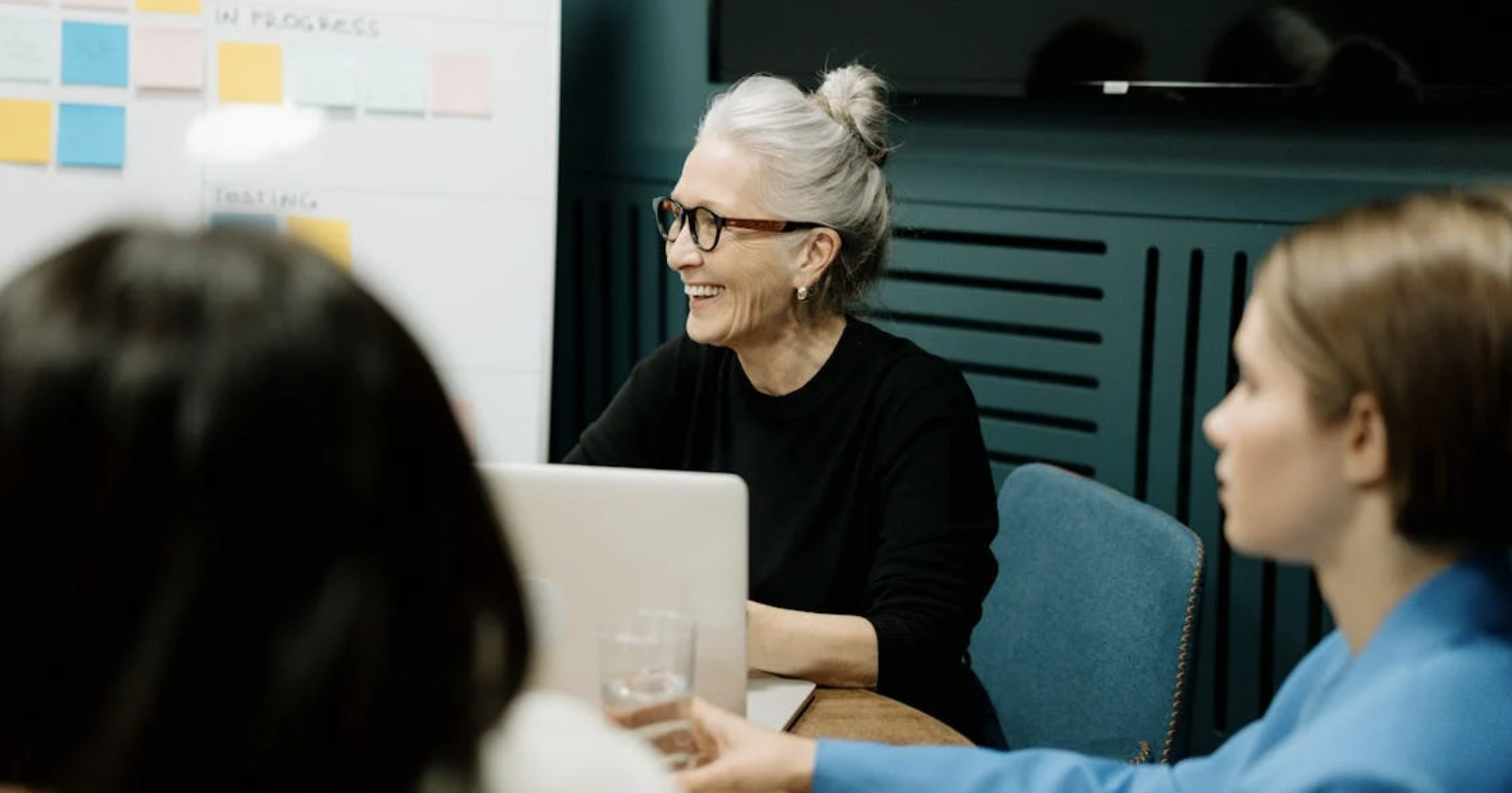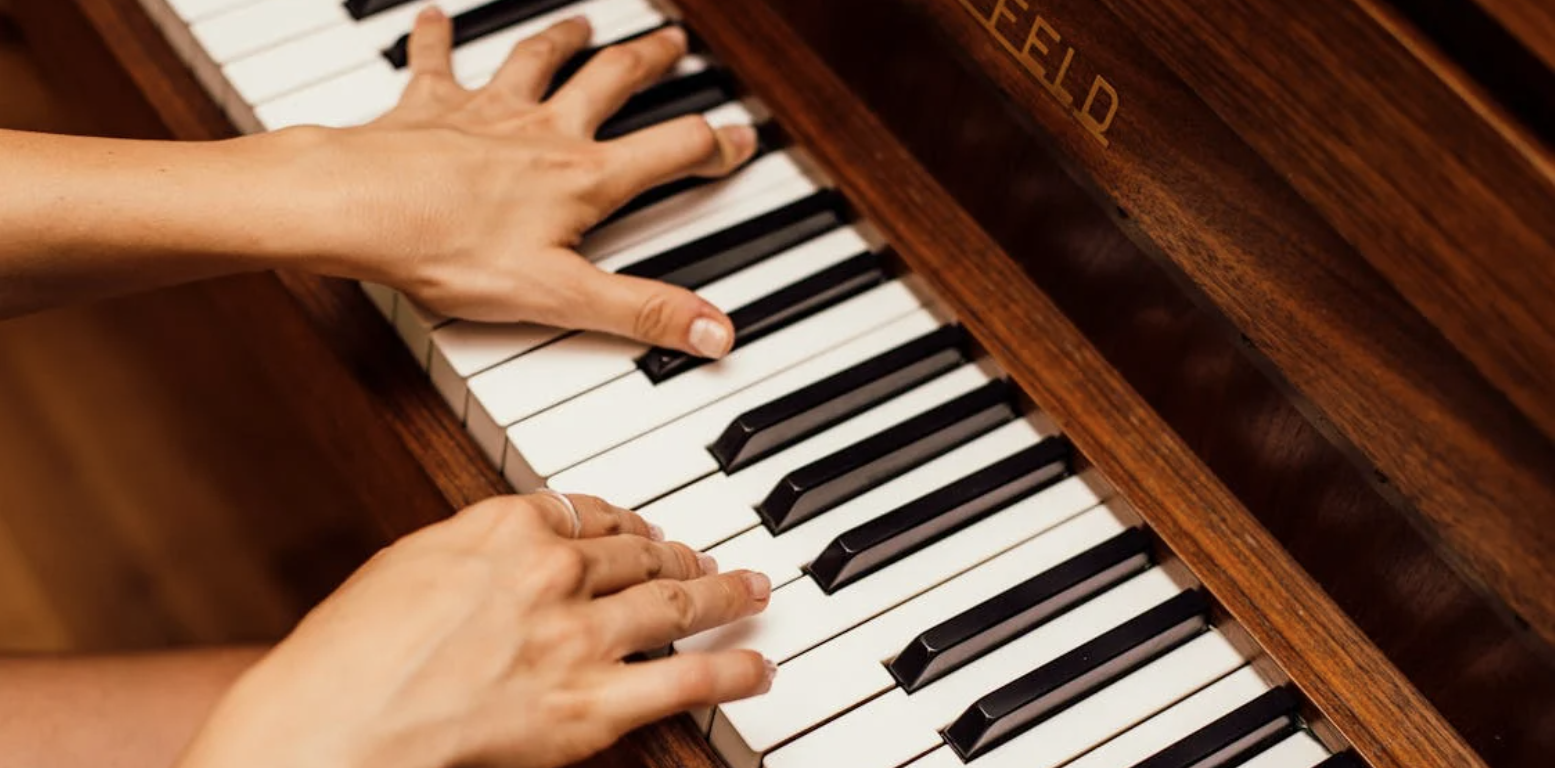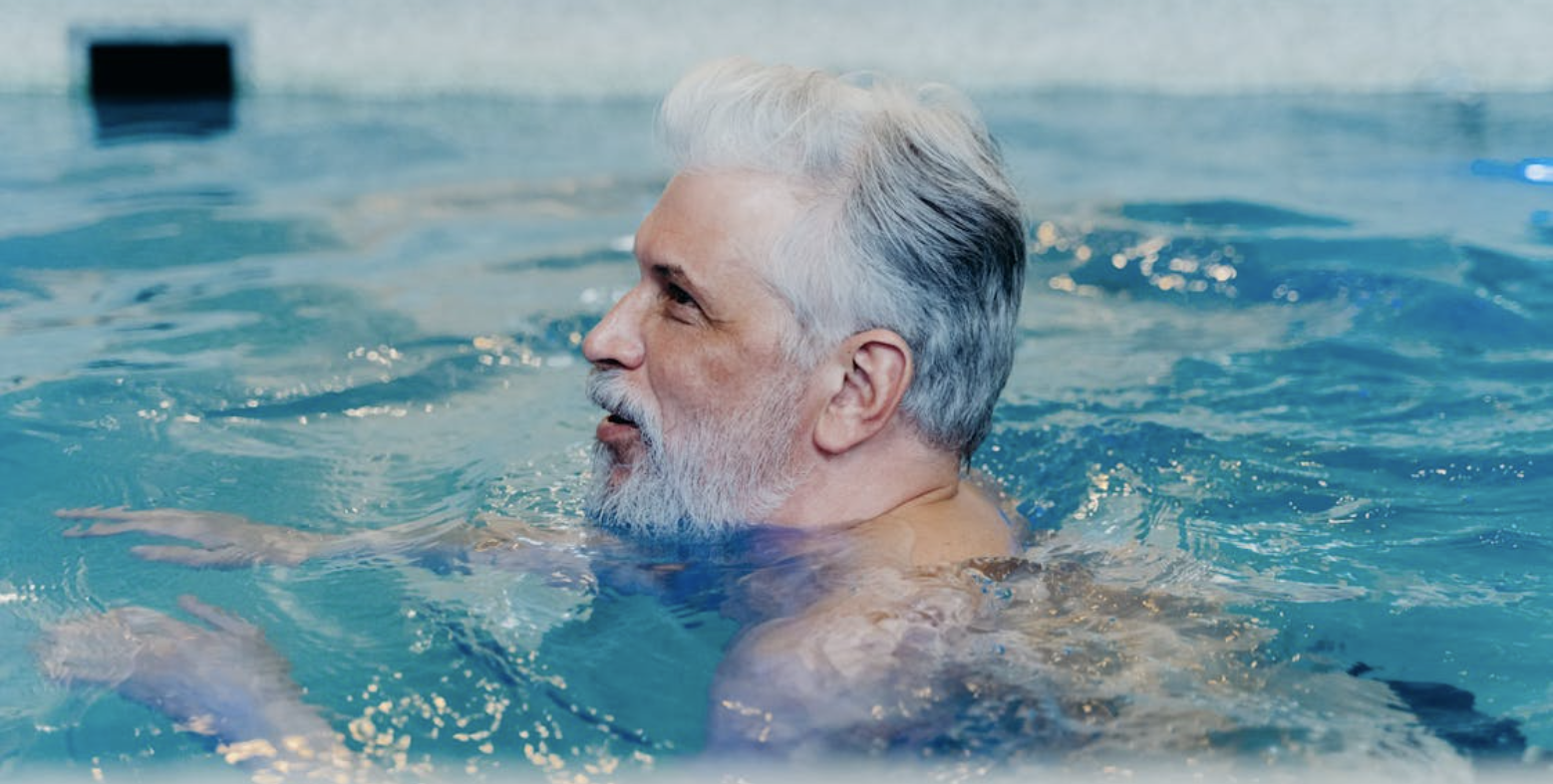Speak to a local care advisor at Assisted Living Locators by calling (888)-267-4741.
Learn about Assisted Living, Senior Living, Memory Care, and In-home care options.
Monitoring Systems for Seniors have emerged as a promising solution, providing safety and independence to the elderly population. This guide delves into the different types of monitoring systems available, how they work, and how to choose the best one for your needs.
1. What Can Monitoring Systems for Seniors Do?
Monitoring Systems for Seniors are designed to provide around-the-clock surveillance of older adults, especially those living alone. They work by gathering a variety of data such as movement, temperature, behavioural patterns, and more. This data is then used to provide caregivers and medical professionals with crucial insights into the senior’s health and everyday activities.
Key Functions of Monitoring Systems for Seniors:
- Comfort: The systems help ensure that seniors are comfortable in their homes by monitoring the home’s temperature and humidity levels.
- Health: By tracking vital signs such as heart rate and blood pressure, the systems help monitor the health status of the senior.
- Safety: The systems can detect emergencies such as falls or fire and instantly alert the caregivers or emergency services.
- Wellness: Through behavioural and sleep pattern tracking, the systems can provide insights into the overall wellness of the senior.
2. Different Types of Remote Systems for Monitoring Seniors
When considering remote monitoring systems for seniors, it’s important to understand the different types available. Here are some options:
2.1 Wearable Devices
Wearable devices like MedicalGuardian and CarePredict Tempo Series 3 provide a range of monitoring features, from activity tracking to emergency button alerts. These devices are usually paired with a caregiver app, allowing family members to monitor the senior’s wellness remotely.
2.2 Home Sensors and Monitors
Home sensors and monitors, such as Caregiver Smart Solutions, work by placing passive sensors around the house. These sensors collect data about the senior’s activities, alerting caregivers if anything unusual is detected.
2.3 Fall Monitors
Fall monitors like Aloe Care Health are particularly useful for seniors at high risk of falls. These devices can call for help seconds after a fall occurs, providing faster response times compared to traditional medical alert systems.
2.4 Virtual Caregiving Systems
Virtual caregiving systems, such as Electronic Caregiver’s Addison Care, offer a more interactive approach. They create a virtual caregiver that assists seniors with various tasks, from taking their medication to performing their rehab routine.
2.5 Home Security Systems
Home security systems, like Alarm.com’s Wellcam, provide both security and elderly care monitoring. These systems include cameras and motion sensors that can alert caregivers to any abnormal activity in the senior’s home.
3. How Do Home Sensors and Monitors Work?
Home sensors and monitors work by tracking movements, behaviours, and changes in the home environment. The data collected by these sensors is sent to a central platform where it’s analysed using artificial intelligence. This allows the system to learn the routines of the person being monitored and detect when something is out of the ordinary.
For instance, a system might learn that a senior usually gets up at 8am and makes a cup of tea. If this routine changes, it could indicate a health problem that needs attention.
4. How to Choose the Best Monitoring System for Seniors
Choosing the right monitoring system for your elderly loved one depends on their needs and your budget. Here are some key questions to consider when evaluating different systems:
- Are there monthly data fees or other contractual obligations?
- Does the system have fall detection or prevention features?
- Does it offer home security monitoring for fire, carbon monoxide, and smoke?
- Does the device need daily charging?
- Will the software or other components need regular updates?
- Is the device waterproof?
- Is the information on the device secure?
- What is the connectivity, mobility, and range of the sensor?
5. Best Home Monitoring Systems for Seniors
There are numerous home monitoring systems available in the market, each offering unique features and services. Here are some of the best options:
5.1 Livindi
Livindi is a comprehensive home monitoring system suitable for seniors who want to participate in their own health monitoring. It offers a variety of sensors, including motion and door monitors, that work passively in the background of daily life. It also provides a Livindi Helper app, which allows caregivers to set reminders, place video calls, and receive notifications about any changes in the senior’s behaviour.
5.2 EnvoyatHome
EnvoyatHome is a passive home monitoring system that requires zero participation from the person being monitored. It uses motion sensors to gather information and provide comprehensive reports and alerts to caregivers.
5.3 Rest Assured
Rest Assured provides professional camera monitoring services. Their system relies on a series of cameras that real people monitor in real time, providing versatile real-time safety.
5.4 Aloe Care Health
Aloe Care Health is a medical alert system with basic home monitoring capabilities. It comes with a wearable fall detection device and a wall-mounted fall detection hub for the bathroom, making it a great option for seniors at a high risk of falls.
5.5 SECOM Smart Wellness
SECOM Smart Wellness combines home security tech with a holistic approach to reassurance. The system is built based on what you need from it, and it comes with an intuitive app that allows you to instantly check up on your relative’s safety and wellbeing.
These are just a few examples of the various home monitoring systems available for seniors. It’s important to research and compare different options to find the one that best suits your loved one’s needs.
6. The Benefits of Home Monitoring Systems for Seniors
Home monitoring systems offer several benefits for seniors and their caregivers. Here are a few:
6.1 Enhanced Safety
These systems can detect emergencies and instantly alert caregivers or emergency services. This enhances the safety of seniors living alone and gives peace of mind to their families.
6.2 Improved Communication
By providing real-time updates about the senior’s activities, these systems enable improved communication between seniors and their caregivers. This can be especially beneficial for caregivers who live far away from their loved ones.
6.3 Delayed Need for In-Person Care
Home monitoring systems can delay the need for in-person care by ensuring seniors’ safety at home. This can allow seniors to maintain their independence for longer.
7. Home Monitoring Systems vs Medical Alert Systems
It’s important to note that while home monitoring systems can enhance senior safety, they are not the same as medical alert systems. Medical alert systems are specifically designed to provide immediate assistance in the event of a medical emergency, such as a fall or a heart attack. Home monitoring systems, on the other hand, provide a more comprehensive overview of a senior’s daily activities and health status.
8. The Cost of Home Monitoring Systems for Seniors
The cost of home monitoring systems can vary widely based on the features and services they offer. Basic systems that connect to a landline can cost as little as $25 a month, while more advanced systems with mobile connectivity or motion detection capabilities can cost up to $100 a month. However, when compared to the cost of in-person care or nursing homes, home monitoring systems can be a more affordable option.
9. Are Home Monitoring Systems Covered by Insurance?
Monitoring systems are not typically considered “medically necessary” under Medicare’s Durable Medical Equipment (DME) guidelines and are therefore not usually covered by Medicare. However, some states’ Medicaid programs may provide funding for these systems if the individual meets certain age, health, and income requirements.
10. Final Thoughts
As our loved ones age, their safety and health become paramount. Home monitoring systems for seniors provide a way to keep an eye on their wellbeing while allowing them to maintain their independence. By understanding the different types of systems available and how they work, you can choose the best one for your loved one’s needs and provide them with the care and support they need to live safely and happily at home.
In conclusion, Monitoring Systems for Seniors are a crucial tool for ensuring the safety and wellbeing of our elderly loved ones. As technology continues to advance, these systems will undoubtedly become even more efficient and reliable, offering peace of mind to families and caregivers around the world.












